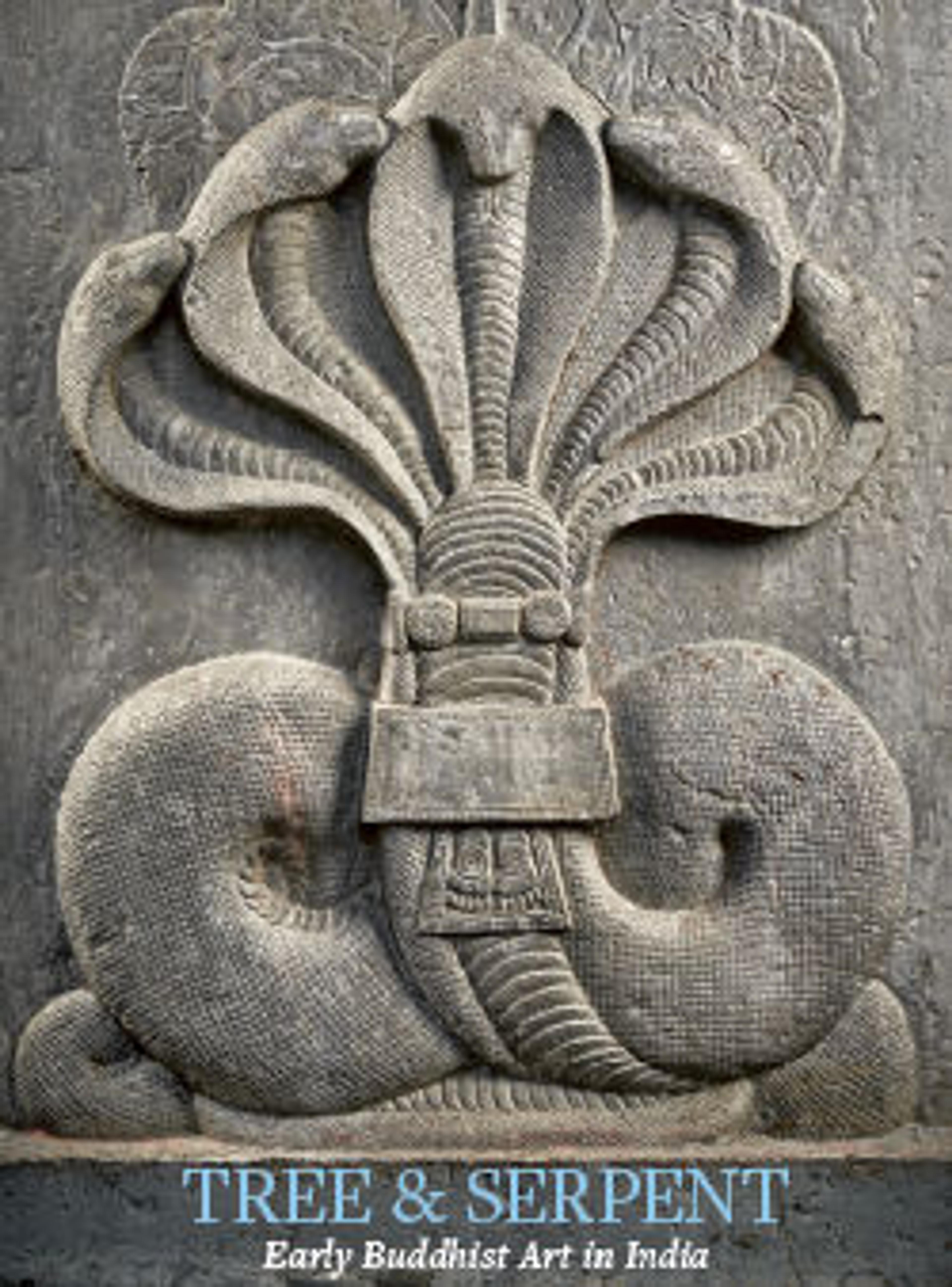English
Patravahaka yaksha
This nature-spirit personification—a yaksha—is a sculptural tour de force. He is a commanding presence, wearing a finely detailed hairband and a heavy necklace distinguished by back-to-back makaras (mythological sea monsters) framing a central jewel. His powerful chest gives way to a corpulent stomach, emblematic of wealth, that hangs over his tightly drawn knotted waist-sash. Such a fully realized figure, with equally pronounced musculature on the reverse, marks an important moment in the early development of Indian freestanding sculpture. The raised arms suggest that he had a caryatid- or architectural load-bearing-type function. He likely held aloft a sculpted bowl filled with intoxicating liquids and perhaps the ritual drink soma. Yakshas of this type would have been honored by name, but few have their identities preserved.
Artwork Details
- Title: Patravahaka yaksha
- Period: Shunga period
- Date: ca. 50 BCE
- Culture: India, Madhya Pradesh
- Medium: Sandstone
- Dimensions: H. 35 in. (88.9 cm); W. 18 in. (45.7 cm); D. 13 in. (33 cm)
- Classification: Sculpture
- Credit Line: Gift of Jeffrey B. Soref, in honor of Martin Lerner, 1988
- Object Number: 1988.354
- Curatorial Department: Asian Art
More Artwork
Research Resources
The Met provides unparalleled resources for research and welcomes an international community of students and scholars. The Met's Open Access API is where creators and researchers can connect to the The Met collection. Open Access data and public domain images are available for unrestricted commercial and noncommercial use without permission or fee.
To request images under copyright and other restrictions, please use this Image Request form.
Feedback
We continue to research and examine historical and cultural context for objects in The Met collection. If you have comments or questions about this object record, please contact us using the form below. The Museum looks forward to receiving your comments.
